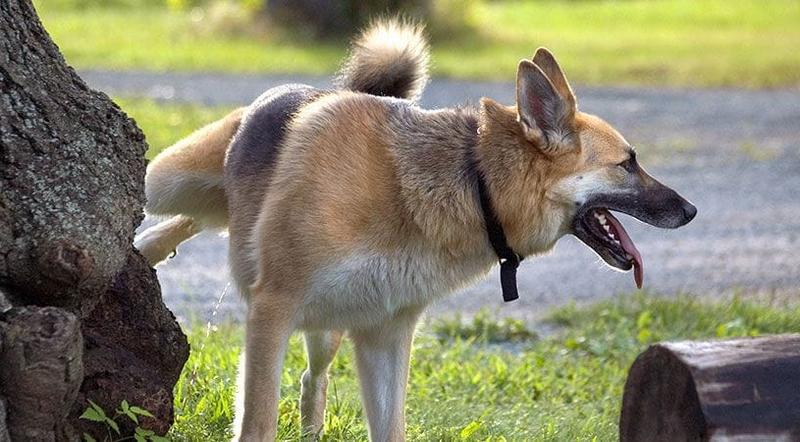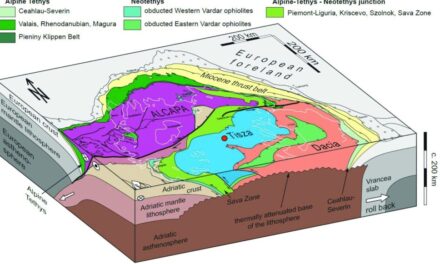There is such a quantity of dog excrement and urine in nature conservation areas that it is already harming wildlife, a new study has found. According to the analysis, the overfertilization of the soil with nitrogen and phosphorus along the paths reaches an illegal level.
The scientists used the number of dogs turned in 18 months in four nature reserves around Ghent in Belgium as a basis. According to them, the situation is similar in the rest of Europe, which is home to a total of 87 million dogs, writes The Guardian.
During their walks, dogs leave an average of 11 kilograms of nitrogen and 5 kilograms of phosphorus per hectare each year. This is a similar amount of pollution as that which comes from agriculture, industry and transport: 5-25 kilograms of nitrogen per hectare can be associated with these. The effect of the by-products of dogs is therefore significant.
Farmers who walk their four-legged friends believe that dog poop does not cause any harm to the environment. But most ecosystems are low in minerals, and over-fertilization reduces biodiversity by causing certain plants, such as nettles and cattails, to overgrow and crowd out other plants and animals that depend on those plants for their existence.
We were very surprised at how high the mineral content from dogs can be. Atmospheric nitrogen from agriculture, industry and transport rightfully receives a lot of attention, while the problem caused by dogs is not addressed from this point of view, said Pieter De Frenne, a colleague of the University of Ghent, the leader of the research.
The researchers estimated the levels of nitrogen and phosphorus starting from the situation when the dogs are led on a leash and wander no more than 2 meters from the paths.
During the investigation presented in the scientific journal Ecological Solutions and Evidence, more than 1,600 dogs were counted during 500 visits to nature reserves. These data were combined with known levels of nitrogen and phosphorus excreted by the dogs to estimate total nutrient deposition.
The experts also recorded whether the dogs were on a leash. Taking this into account, 126 kilograms of nitrogen can be deposited per hectare per year along the paths and 4 kilograms in the rest of the nature reserve. If all dogs were kept on a leash, the amount next to the trails would increase to 175 kilograms.
If all excrement were picked up and taken away by the owner, then almost all phosphorus would disappear, but only half of the nitrogen, since the urine of dogs contains a significant amount of nitrogen, but hardly any phosphorus.
Previous research has shown that high levels of minerals persist three years after dogs are banned.
MTI
Photo: cesarsway.com












